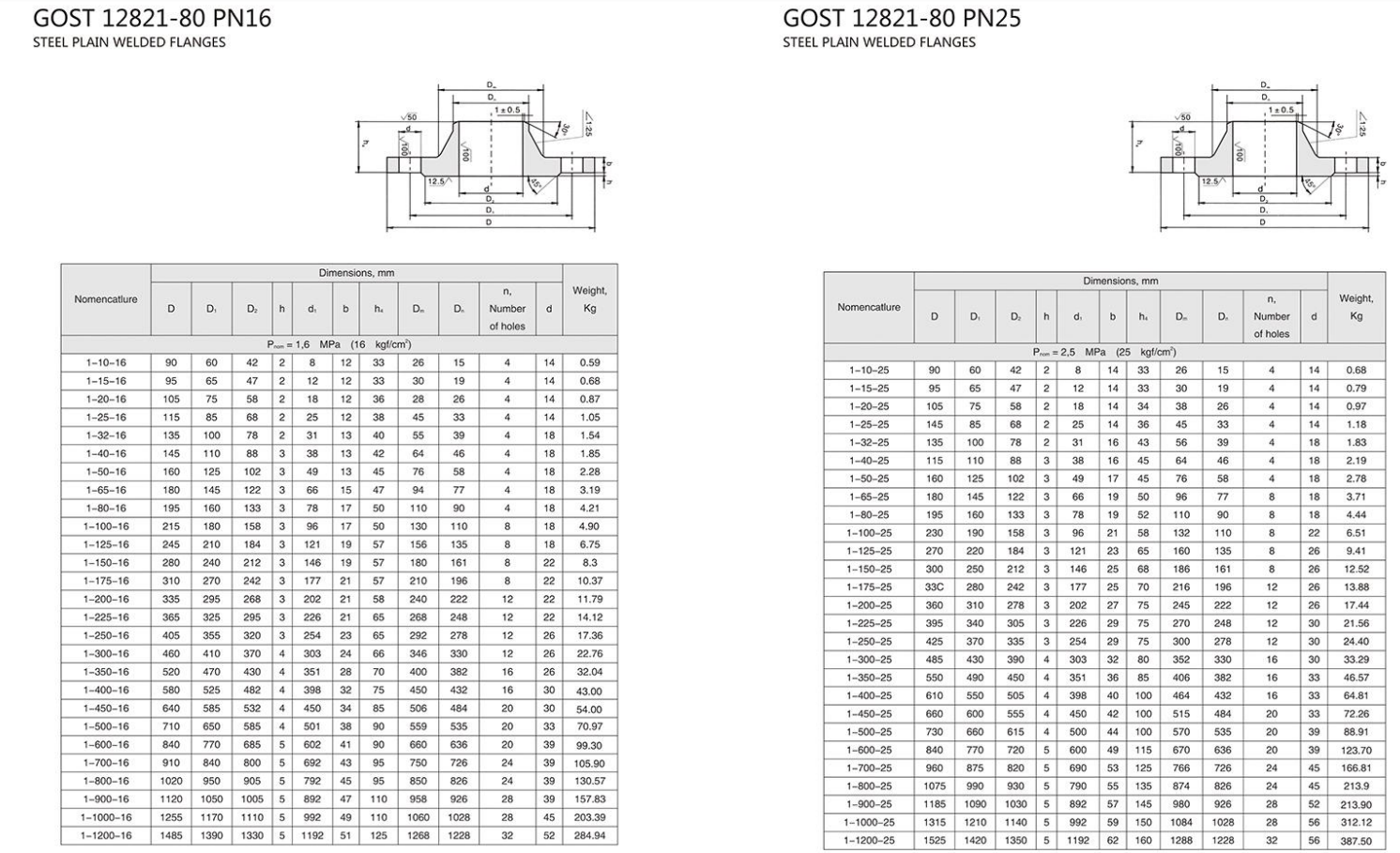-
Cangzhou Yulong Steel Co., Ltd.
-
Phone:
+86 13303177267 -
Email:
admin@ylsteelfittings.com
- English
- Arabic
- Italian
- Spanish
- Portuguese
- German
- kazakh
- Persian
- Greek
- French
- Russian
- Polish
- Thai
- Indonesian
- Vietnamese
- Zulu
- Korean
- Uzbek
- Hindi
- Serbian
- Malay
- Ukrainian
- Gujarati
- Haitian Creole
- hausa
- hawaiian
- Hebrew
- Miao
- Hungarian
- Icelandic
- igbo
- irish
- Japanese
- Javanese
- Kannada
- Khmer
- Rwandese
- Afrikaans
- Albanian
- Amharic
- Armenian
- Azerbaijani
- Basque
- Belarusian
- Bengali
- Bosnian
- Bulgarian
- Catalan
- Cebuano
- China
- China (Taiwan)
- Corsican
- Croatian
- Czech
- Danish
- Esperanto
- Estonian
- Finnish
- Frisian
- Galician
- Georgian
- Kurdish
- Kyrgyz
- Lao
- Latin
- Latvian
- Lithuanian
- Luxembourgish
- Macedonian
- Malgashi
- Malayalam
- Maltese
- Maori
- Marathi
- Mongolian
- Myanmar
- Nepali
- Norwegian
- Norwegian
- Occitan
- Pashto
- Dutch
- Punjabi
- Romanian
- Samoan
- Scottish Gaelic
- Sesotho
- Shona
- Sindhi
- Sinhala
- Slovak
- Slovenian
- Somali
- Sundanese
- Swahili
- Swedish
- Tagalog
- Tajik
- Tamil
- Tatar
- Telugu
- Turkish
- Turkmen
- Urdu
- Uighur
- Welsh
- Bantu
- Yiddish
- Yoruba

Nov . 21, 2024 10:26 Back to list
pipeline welding stinger
Understanding Pipeline Welding and the Role of the Stinger
Pipeline welding is a crucial process in the construction and maintenance of pipelines that transport various fluids, including oil, gas, and water. This intricate task requires precision, skill, and an understanding of the materials involved. One of the key components in pipeline welding is the stinger, a term often heard in welding circles but not always well understood. This article explores the role of the stinger in pipeline welding, its applications, and its impact on achieving quality welds.
What is a Stinger?
In welding terminology, a stinger refers to the electrode holder used in welding operations. It is an essential tool that holds the welding electrode securely while providing the necessary electrical connection. In the context of pipeline welding, stingers are vital for manual metal arc welding (MMAW) processes, commonly used for joining pipe sections.
The stinger enables the welder to maneuver the electrode easily, providing the flexibility needed to reach various angles and positions when welding pipes. By facilitating the movement of the electrode, the stinger helps maintain the correct arc length, which is crucial for producing high-quality welds.
Types of Stingers
Stingers come in various types, each designed for specific welding processes. For pipeline welding, the most common stinger types include
1. Manual Stingers These are handheld stingers used for traditional stick welding. They allow welders to control the electrode's movement manually.
3. TIG Stingers For tungsten inert gas (TIG) welding, stingers are designed to accommodate the non-consumable tungsten electrode and deliver shielding gas to protect the weld pool.
pipeline welding stinger

Each type of stinger serves a specific purpose and is tailored for the various welding techniques that might be employed in pipeline construction.
The Importance of Proper Use
The effectiveness of a stinger greatly depends on its proper use. Incorrect handling can lead to issues such as poor arc stability, leading to defects in the weld. Factors like maintaining the proper angle, ensuring the correct arc length, and managing the electrode feed speed are all essential for achieving successful welds.
Moreover, the choice of electrode also impacts the effectiveness of the stinger. Different electrodes are required for different materials and thicknesses of the pipes being welded. Familiarity with the stinger, the electrode type, and the specific welding technique being used is vital for professional welders.
Quality Control in Pipeline Welding
Pipeline welding demands high-quality standards due to the critical nature of the materials being transported. A faulty weld could lead to leaks, causing environmental damage and posing safety risks. This is where the stinger's role becomes even more significant. A welder's ability to maneuver the stinger effectively can make the difference between a successful, resilient weld and one that may lead to future complications.
Quality control measures in pipeline welding include regular inspections of welds, training welders in the proper use of stingers, and ensuring that appropriate electrodes are used for the job. Utilizing advanced technology such as ultrasonic testing or X-ray inspection can also be instrumental in ensuring the integrity of the welds created.
Conclusion
In conclusion, the stinger is an indispensable element in the pipeline welding process. Whether it is a manual or automatic stinger, its role in ensuring correct electrode positioning and arc stability cannot be underestimated. As pipeline construction and maintenance work continue to evolve, the importance of tools like the stinger becomes increasingly evident. Understanding its function not only enhances a welder's skill set but also contributes to the overall safety and efficiency of pipeline projects. As the industry grows more complex, ongoing education and adaptation to new technologies remain key to maintaining the highest standards in pipeline welding.
Latest news
-
ANSI 150P SS304 SO FLANGE
NewsFeb.14,2025
-
ASTM A333GR6 STEEL PIPE
NewsJan.20,2025
-
ANSI B16.5 WELDING NECK FLANGE
NewsJan.15,2026
-
ANSI B16.5 SLIP-ON FLANGE
NewsApr.19,2024
-
SABS 1123 FLANGE
NewsJan.15,2025
-
DIN86044 PLATE FLANGE
NewsApr.19,2024
-
DIN2527 BLIND FLANGE
NewsApr.12,2024
-
JIS B2311 Butt-Welding Fittings LR/SR 45°/90° /180°Seamless/Weld
NewsApr.23,2024











